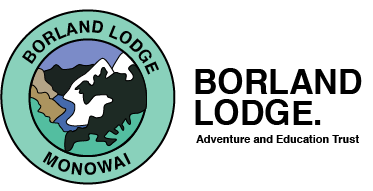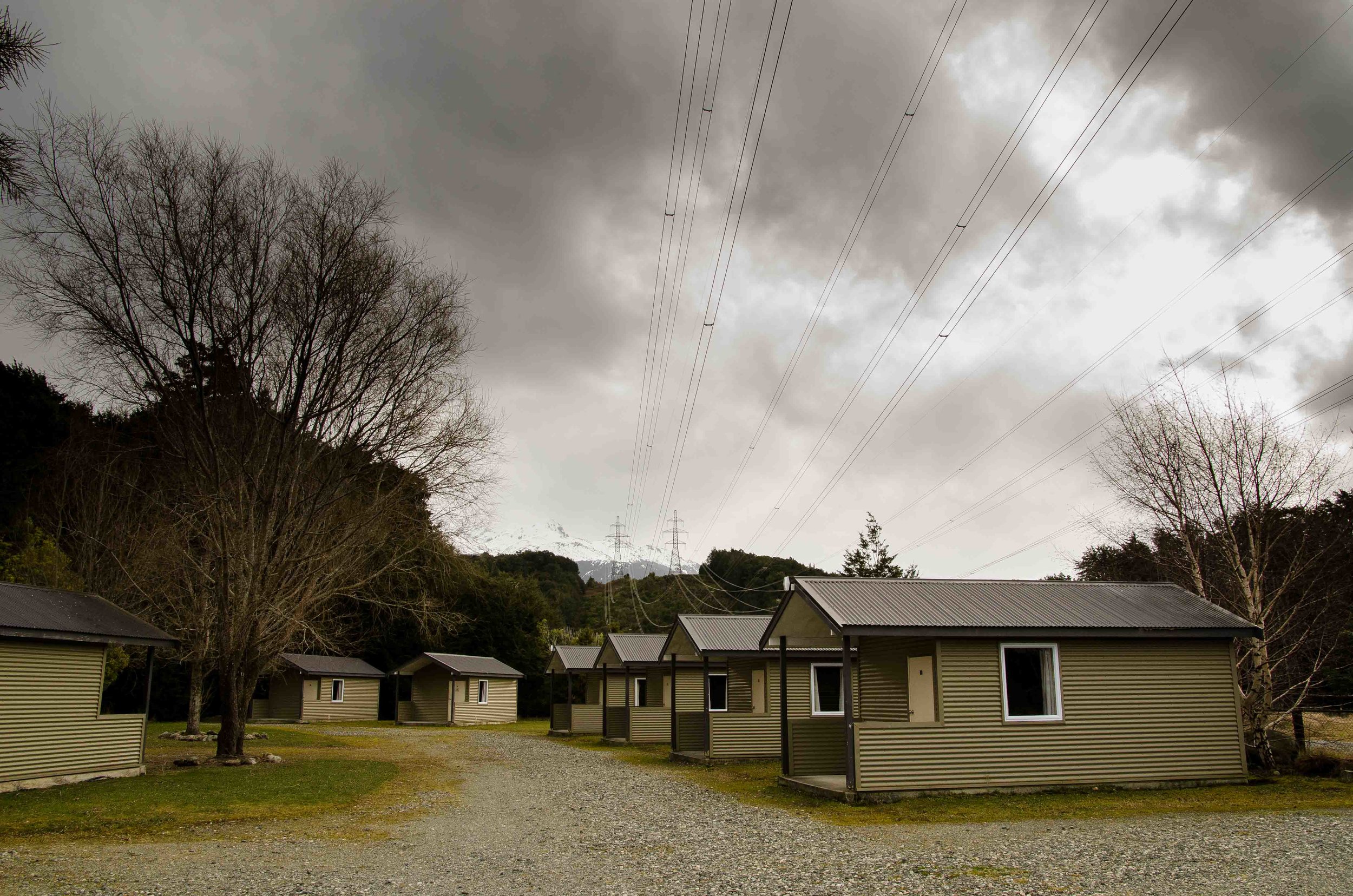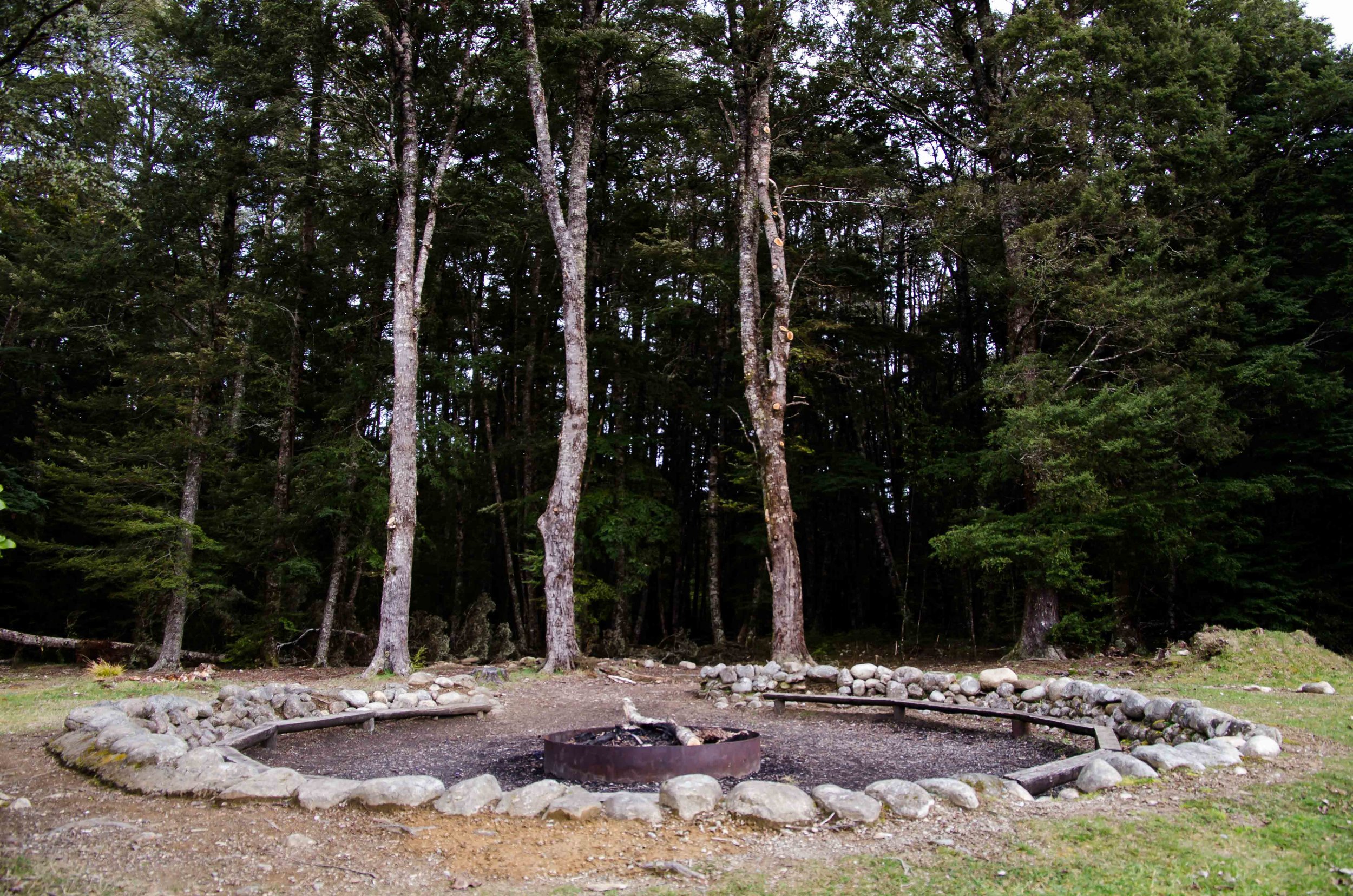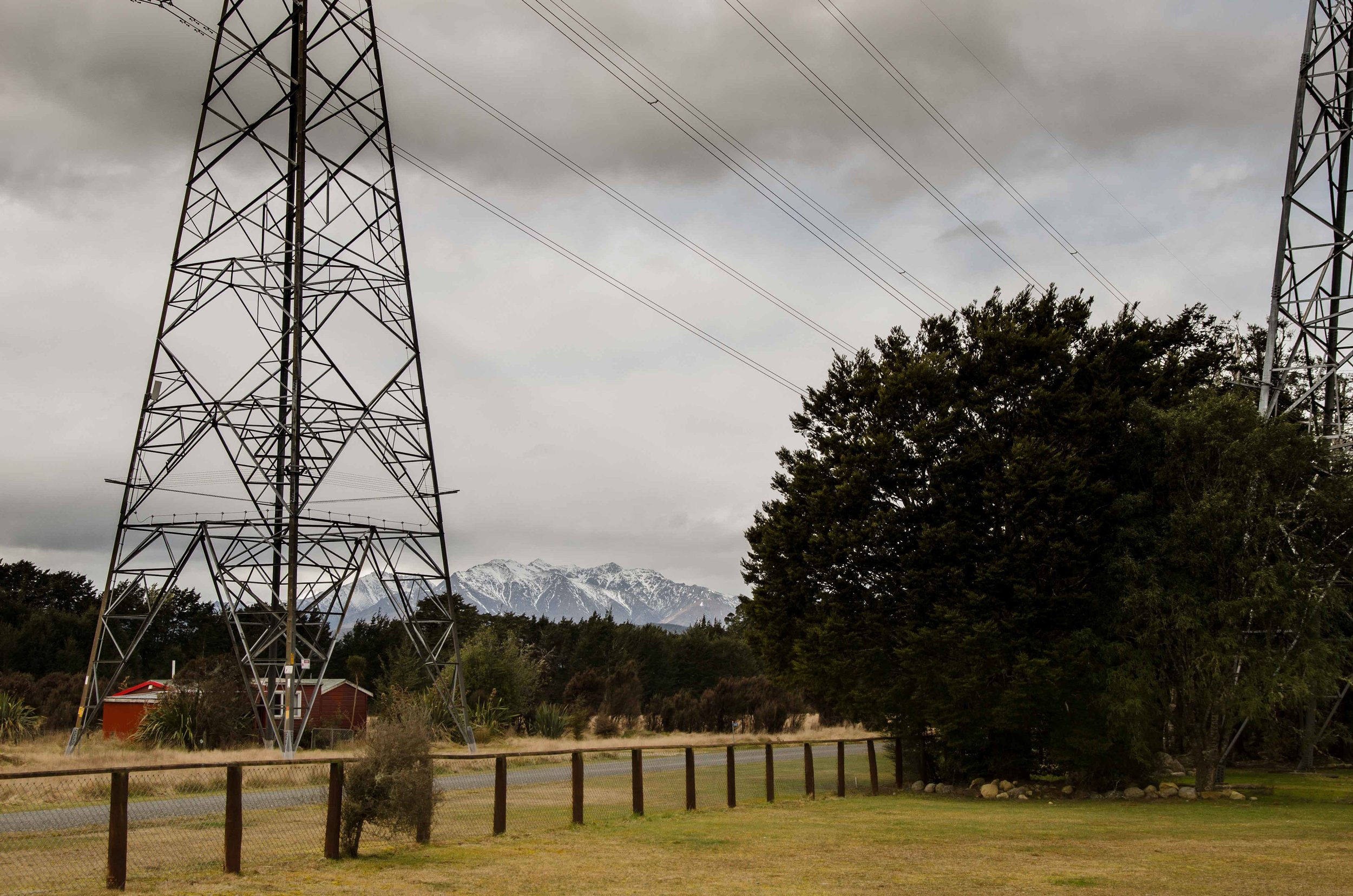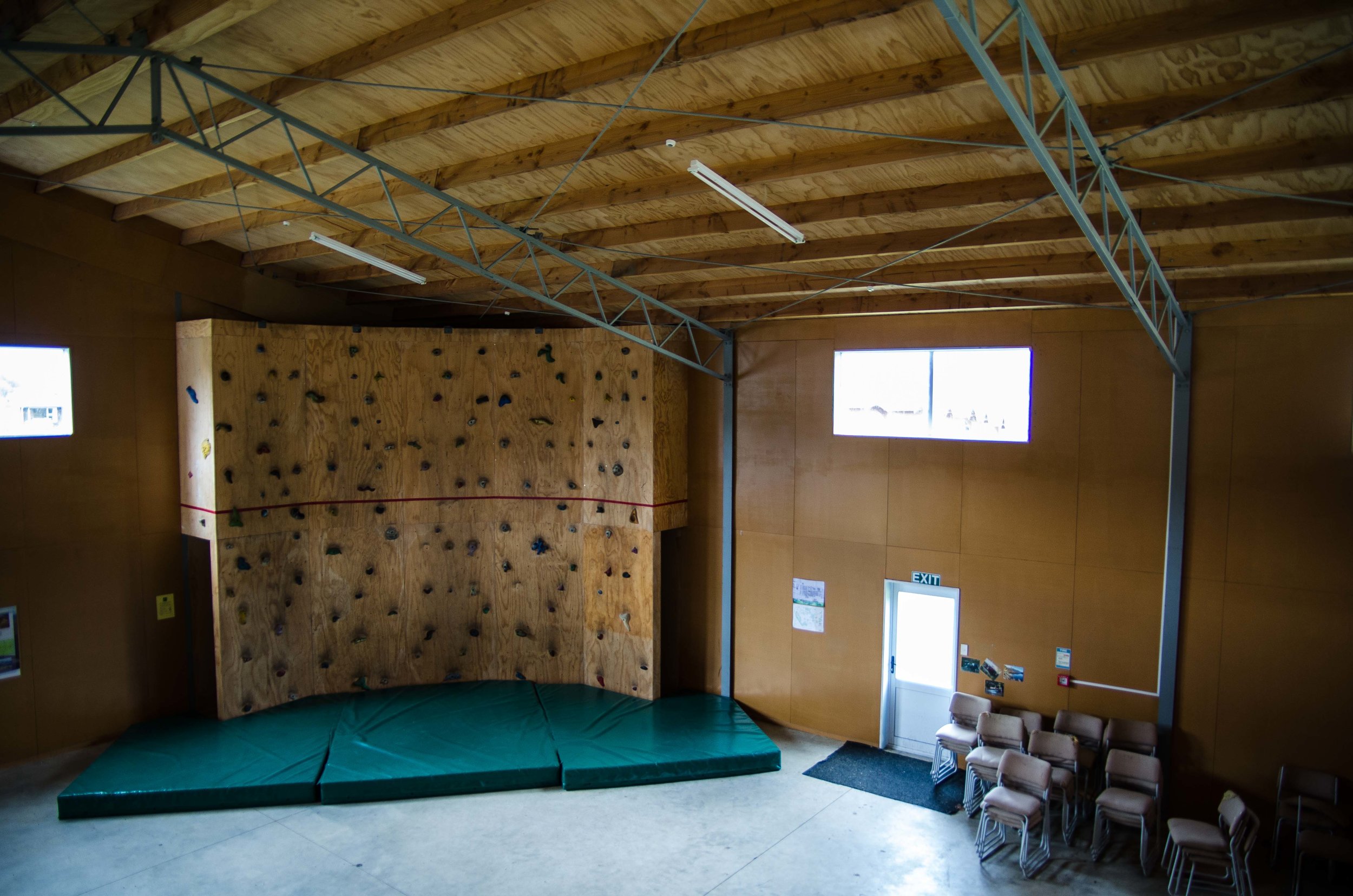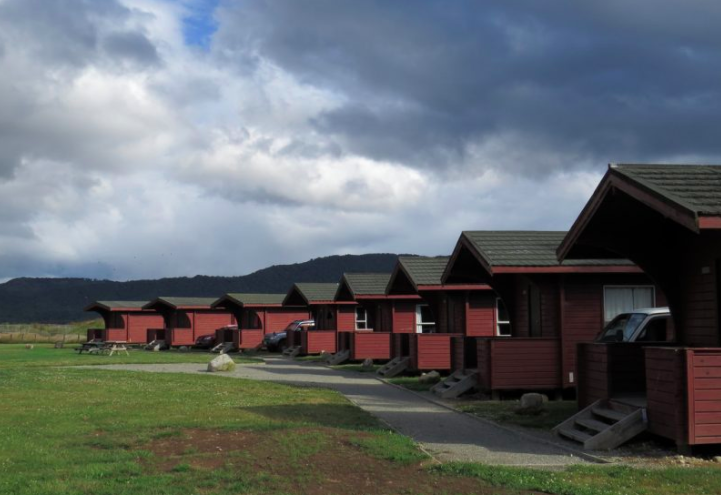Welcome to Borland Lodge
The new facilities at Borland lodge opened in March 2007 and can accommodate up to 150 people, offering a convenient, comfortable and affordable base.
There are options available for all kinds of different sized groups. Talk to us about your requirements and we'll create a package to suit.
Sleeping arrangements
The Lodge has 8 wooden chalets that sleep a total of 40 people. Each chalet has two bunks and a single bed. A nine-room accommodation block sleeps 54, and is ideal for a large group.
The Lodge also has eight newer chalets:
3 Double bed chalets
3 Family units with a double bed bunk and two bunks to sleep up to four children
2 chalets have three bunks sleeping up to six people.
All beds come with a fitted sheet and a pillow with pillow slip. All rooms have heaters.
The Lodge also has a self-contained unit, with a separate bedroom consisting of a queen bed. The bathroom has a toilet and wet area shower and both have handrails. This unit also has a kitchen/dining area with a stove, fridge, microwave and toaster. There's a television in the lounge area.
Kitchen Facilities
There are two large kitchens and dining /lounge areas. Both kitchens are fully equipped with two new commercial ovens, walk-in chillers and chest freezers. These two kitchens provide utensils and crockery for 100 and 100 respectively.
Function areas are for hire and are suitable for weddings, seminars, meetings, family reunions, youth leadership, team building sessions, formal dinners, and almost any celebration or get together.
Function and catering information is available from Lodge Office
No dogs.
Dogs are not permitted unless prior arrangements have been made with the Manager. We thank you for your understanding.
